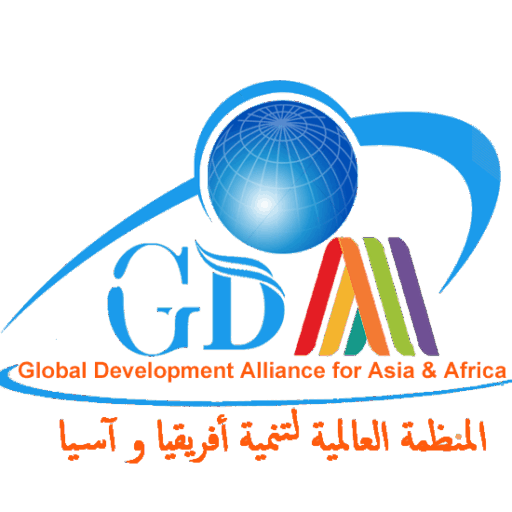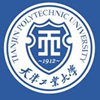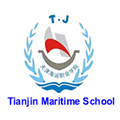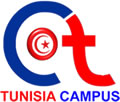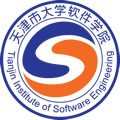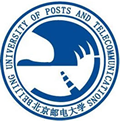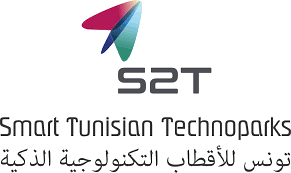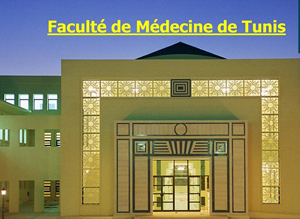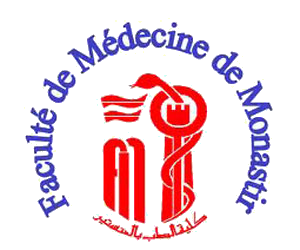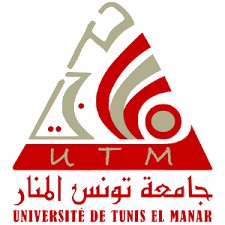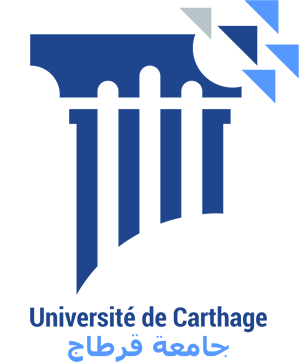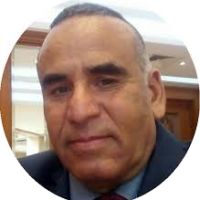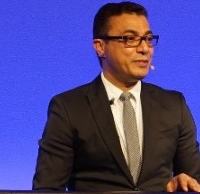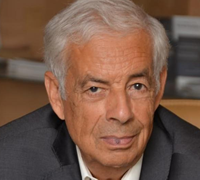亚非国际发展联盟
what is GDAAA
-
- it is a non-governmental, non-profit consortium
- brings together universities, schools, research laboratories and companies
Advocacy for investment in education
Global Development Alliance provide leadership and support innovation in education. We design and implement initiatives that involve the entire community for improving schools.
GDAA aims to raise at least $ 5 billion to transform education systems to benefit one billion girls and boys in 87 countries.
It is clear that Africa is now facing an education challenge, faced with the shortcomings of public education with states that are increasingly struggling to finance education.
The emergence and prospects of private education in Africa are staggering. The population in Africa is estimated in 2019 at 1.3 billion, or 17% of the world population is expected to double in 2050 to reach more than 2.4 billion, more than half of which will be under 25;
World Bank figures show that young people represent 60% of the unemployed in Africa.
If, in the coming decades, nothing is done to reform education systems and boost the creation of quality jobs, countries will fall into social protest.
The investment funds will put $ 16-18 billion needed in different education sectors over the next five years in Africa with an equivalent return on investment in five years.
The irony is that the future of northern humanity will be played out in Africa; the young future generations of Africa will finance the future pensions of those of the north (to think about! win-win…).
Advocacy for research and innovation
Fundamental research and applied research are necessary and complementary. Both are part of a continuum: basic research produces new knowledge that feeds applied research, which generates technologies that can be transferred to industry. Fundamental research is therefore the first link in the chain of technological progress essential to economic growth, innovation and job creation. Weakening it by reducing its funding therefore produces a harmful domino effect on the whole chain.
Example: Artificial intelligence & Machine Learning for Medical Diagnostics:
– Brain Tumor Prognosis
– Clinical Trial Research
– Predicting Epidemics
– Maintaining Healthcare Records
– Robotic Surgery
– Improved Radiotherapy
– Patient Risk Identification
The Tunisian expert MOEZ BEN ALI
Oncology Region Europe Medical affairs Medical director at Novartis Oncology.
Oncologist from Gustave Roussy Institute specialized in pharmacology and therapeutics, expert in clinical development of anticancer drugs. Having more than 14 years of biopharmaceutical industry experience in senior positions in medical affairs, drug development, business development, clinical operation and licensing. Member of several global brand development operating committee. Member of the global protocol steering committee of many biopharmaceutical compagny. Always fascinated by clinical development in the field of oncology. My main objective is to participate in the launch of new medecines saving life and improving quality of life of patients.Oncologist from Gustave Roussy Institute specialized in pharmacology and therapeutics, expert in clinical development of anticancer drugs. Having more than 14 years of biopharmaceutical industry experience in senior positions in medical affairs, drug development, business development, clinical operation and licensing. Member of several global brand development operating committee. Member of the global protocol steering committee of many biopharmaceutical compagny. Always fascinated by clinical development in the field of oncology. My main objective is to participate in the launch of new medecines saving life and improving quality of life of patients.
Exchange program for education & training
- language learning (Chinese, French, Arabic, English, Spanish) is essential for African students
- doing a 3 to 6 month practical internship abroad is the best way to strengthen economic relations with host countries
Africa & Asia Challenges and Future
Africa and Asia have rich and complex histories dating back thousands of years. These two continents were the cradle of ancient civilizations, such as Egypt, Mesopotamia, India and China. Over the centuries, they have experienced periods of intense cultural and commercial exchanges, as well as conflicts and conquests that have shaped their trajectories.
Colonial history has also deeply marked Africa and Asia. European colonization left its mark, such as the fragmentation of territories, the exploitation of resources and the division of populations. Independence and decolonization efforts then led to the formation of many nation states, each with their own governance and development challenges.
Africa and Asia are two vast and diverse continents with rich histories and promising futures. Both regions have experienced significant economic, political and social changes over the years, facing many challenges while striving for progress and development. We will explore some of the key challenges facing Africa and Asia and potential prospects for their future.
Africa and Asia are the two most populated continents in the world, with exceptional cultural, linguistic and ethnic diversity. The human resources of these continents represent an immense potential, but also a major challenge in terms of education, health, employment and migration management.
In many parts of Africa and Asia, access to quality education remains limited, limiting opportunities for young people and undermining economic development. Rapid population growth can create considerable pressures on infrastructure and public services, requiring effective planning and management.
Africa and Asia have an abundance of natural resources, including minerals, oil, gas and agricultural land. However, the exploitation of these resources has often been accompanied by problems such as corruption, mismanagement, land grabbing and environmental impact.
Overreliance on the exploitation of natural resources can lead to economic vulnerability and price volatility in global markets. Responsible and sustainable management of mineral resources is therefore essential to ensure the long-term prosperity of both continents.
Challenges:
Poverty and inequality: Africa and Asia are home to many of the world’s poorest people. Poverty and income inequality are widespread, with millions struggling to access basic necessities such as food, clean water, education and healthcare. Reducing poverty and narrowing the wealth gap remains a significant challenge for policy makers on both continents.
Governance and political stability: Political instability, corruption and weak governance are persistent challenges for many countries in Africa and Asia. Frequent leadership changes, civil strife and ethnic tensions have hampered progress and economic growth. Building strong and accountable institutions is essential to ensure long-term political stability.
Infrastructure and development: The lack of adequate infrastructure, including roads, transport networks and energy supply, is an obstacle to economic development in both regions. Investing in modern infrastructure is essential to promote economic growth, attract foreign investment and improve the quality of life of citizens.
Health and healthcare systems: Africa and Asia have faced several health crises, including infectious diseases such as HIV/AIDS, malaria and tuberculosis. In addition, the regions have had to deal with the COVID-19 pandemic, which has further strained their health systems. Strengthening health infrastructure and improving access to quality medical services are essential for public health and sustainable development.
Environmental Challenges: Climate change, deforestation and pollution are pressing environmental issues facing Africa and Asia. These challenges not only affect local populations, but also have global implications. Sustainable development practices, environmental conservation efforts and international cooperation are needed to effectively address these issues.
Future prospects:
Economic Growth and Emerging Markets: Africa and Asia are experiencing economic growth and are important emerging markets. The vast populations of the continents provide a formidable consumer base, attracting investment from around the world. As governments implement reforms and focus on economic diversification, there is great potential for sustainable growth and development.
Technological advances: Advances in technology and digital connectivity have the potential to transform various sectors in Africa and Asia, including agriculture, education, health and finance. Increased access to the Internet and mobile technology can facilitate innovation and empower people, leading to greater economic inclusion.
Regional cooperation: Regional cooperation and integration efforts can lead to stronger trade and economic ties between African and Asian countries. Initiatives such as the African Continental Free Trade Area (AfCFTA) aim to boost intra-African trade, while the Belt and Road Initiative promotes connectivity and cooperation across Asia.
Youth demographic dividend: Both Africa and Asia have large youth populations. If provided with adequate education, vocational training and employment opportunities, young people can become a powerful force for economic growth and positive social change.
Future: The future of Africa and Asia is both promising and complex. These continents offer enormous economic potential, in particular due to their young and rapidly growing population, which can become an asset for innovation and development.
To fully realize this potential, massive investments in education, health and infrastructure are needed. Improving governance, fighting corruption and promoting peace and stability are also key factors in creating an environment conducive to growth and sustainable development.
It is important that countries in Africa and Asia work together and strengthen their ties to address common challenges, such as climate change, food security, and migration. Regional and international partnerships can play a crucial role in addressing these issues.
Africa and Asia face complex challenges but also have great opportunities to shape their future. Careful resource management, strategic planning and international cooperation can help achieve sustainable and inclusive development for future generations.
african population in 2050
2.4 Billion
Number of students 2020
+10 millions
African mobility in the world
0.5 millions
Young people in Asia
+378 Million
